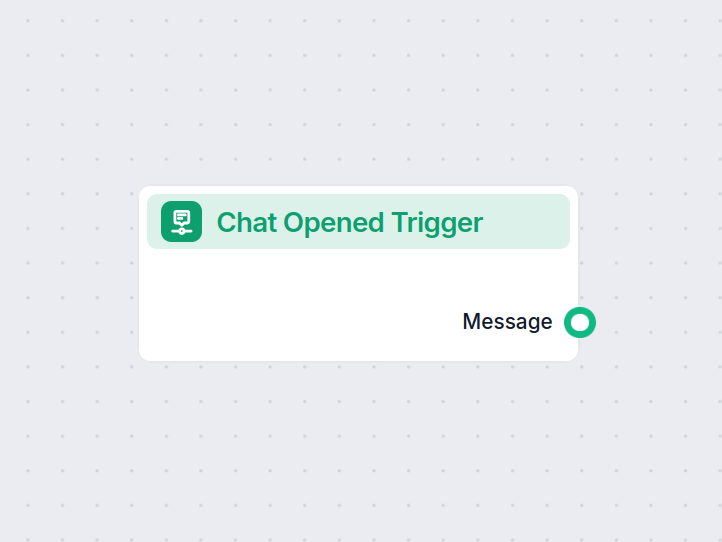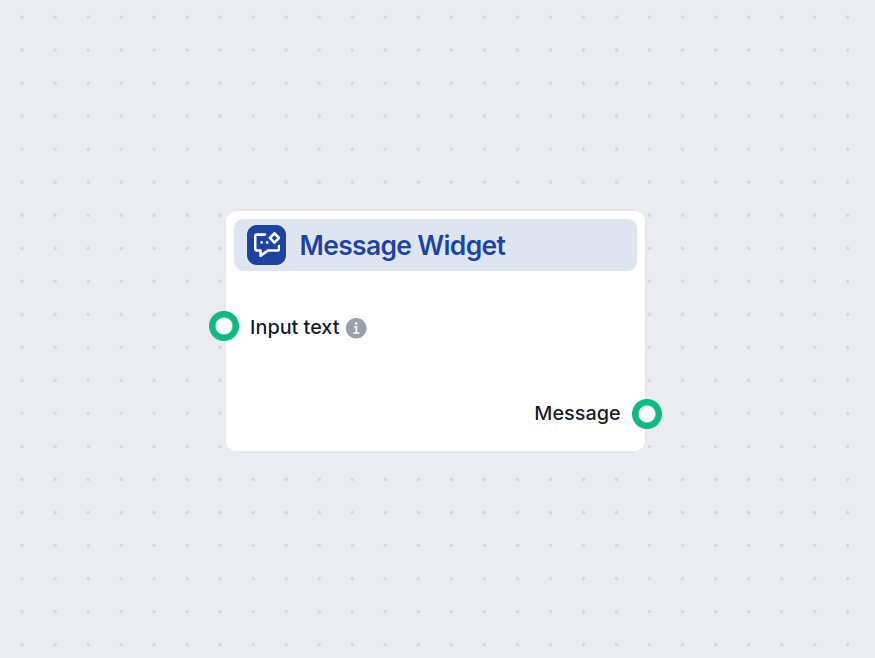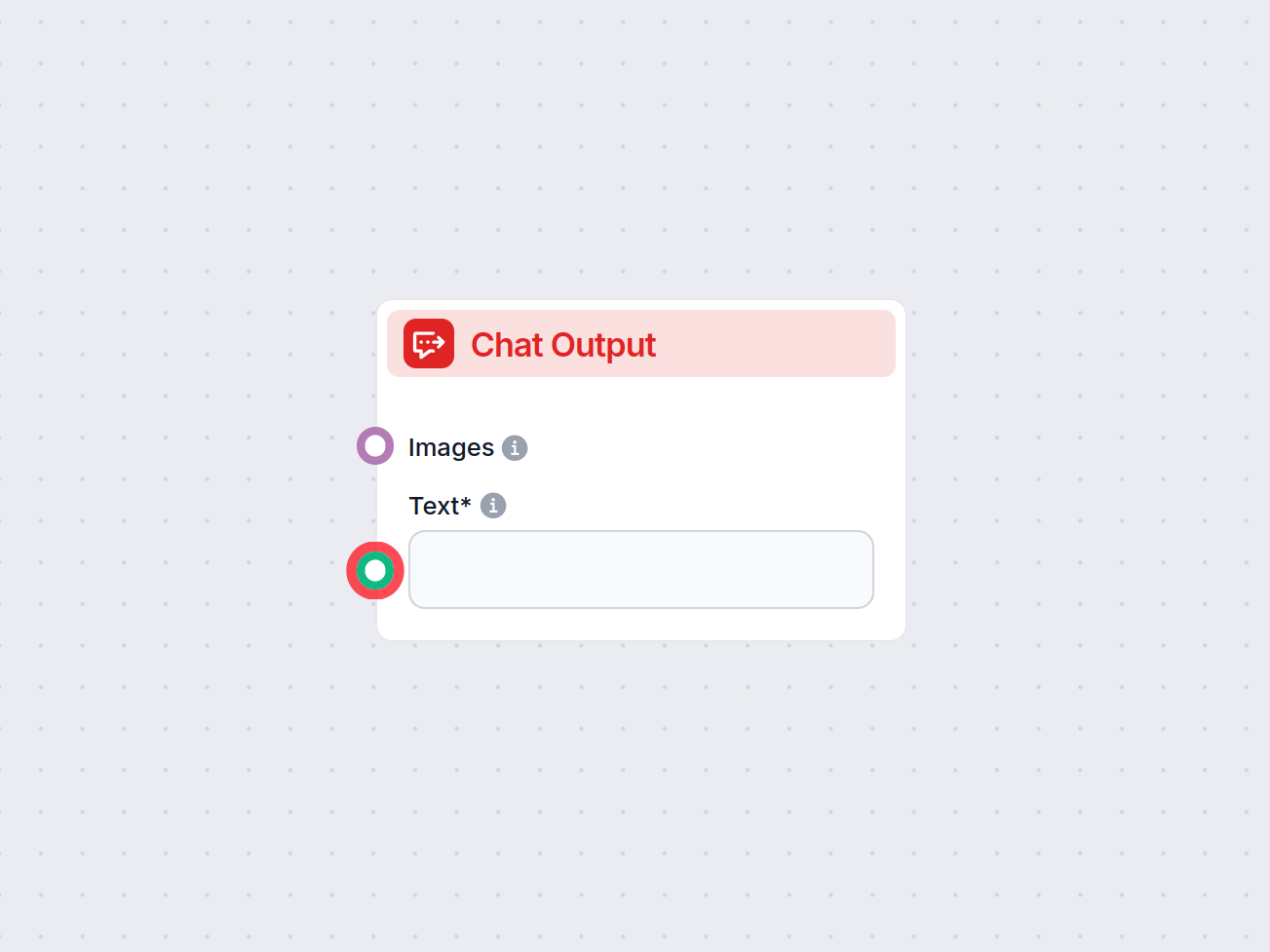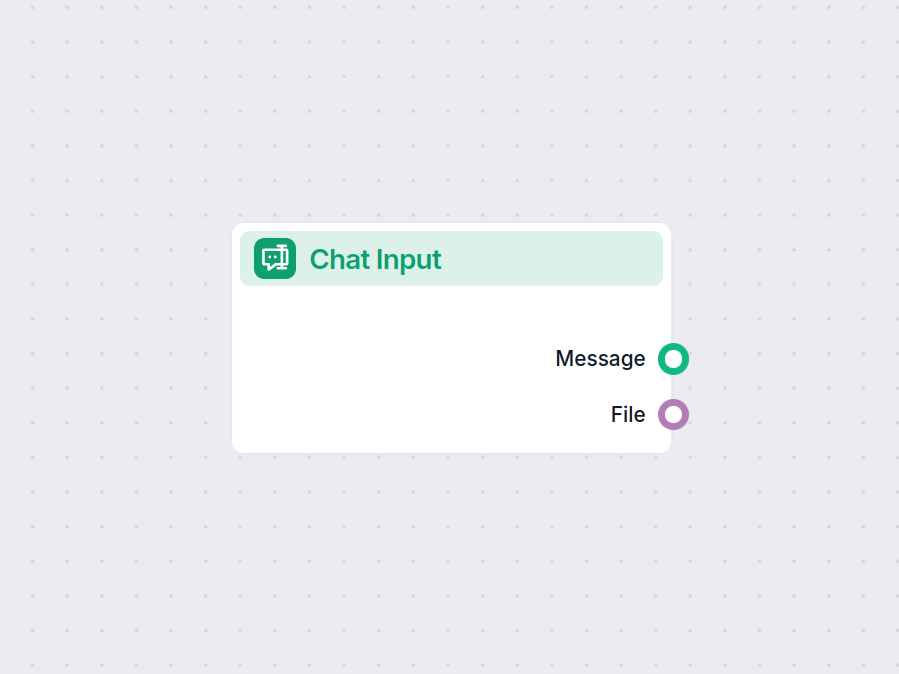Flow description
Purpose and benefits
Workflow Overview: Chat with a YouTube Video
This workflow enables users to interactively chat with the transcript of any YouTube video. By simply providing a YouTube URL, users can ask questions and receive concise answers based on the video’s transcript. This system is designed to make long-form video content easily accessible and searchable through conversational AI.
Step-by-Step Workflow Description
1. Chat Initialization and User Guidance
- Chat Opened Trigger: The workflow is initiated when a user opens the chat. This triggers the process and prepares the interface for user interaction.
- Welcome Message: A message widget displays a friendly welcome:
"👋 Welcome to the Chat with a YouTube video tool! I’m here to help you turn long YouTube videos into concise answers🌐. Simply enter the URL of the YouTube video and wait for a bit. I’ll let you know when I’m ready to answer your questions. ✨📹" - Message Output: The welcome message is shown to the user in the chat output, guiding them to enter a YouTube video URL.
- Chat Input: The system listens for user input, which typically includes a YouTube video URL and any follow-up questions.
- Chat History: All previous chat messages are stored in memory, allowing for context-aware responses and continuous multi-turn conversations.
3. Video Transcript Retrieval
- URL Retriever: When a YouTube URL is provided, the workflow uses a URL content retriever node to extract the transcript (or other available textual content) from the video. This node is configured to handle up to 30,000 tokens, enabling it to process long videos.
4. Agent-Powered Q&A
- Tool Calling Agent:
- The agent is instructed to act as a professional YouTube researcher and personal assistant.
- Upon receiving a user query, the agent uses the transcript (retrieved by the URL retriever) as its knowledge base.
- The system prompt ensures the agent provides concise, accurate answers and avoids making up information (“hallucination”) if the answer is not found in the transcript.
- The agent leverages chat history to maintain context across multiple questions.
- Answer Output: The agent’s response is output back to the user in the chat interface, closing the loop for each question.
Workflow Structure
| Step | Component | Purpose |
|---|
| 1. Chat Start | ChatOpenedTrigger, MessageWidget | Greet user and provide instructions |
| 2. User Input | ChatInput, ChatHistory | Receive user queries and remember conversation history |
| 3. Transcript Fetch | URLContent | Extract transcript from YouTube video |
| 4. Q&A Agent | ToolCallingAgent | Answer user questions using the transcript and chat context |
| 5. Output | ChatOutput | Display messages and answers to the user |
Benefits & Use Cases
- Scalability: This workflow allows anyone to interact with potentially unlimited YouTube videos without manual transcript reading.
- Automation: The process of extracting transcripts and answering questions is fully automated, saving hours of manual work.
- Enhanced Accessibility: Users can quickly get answers from lengthy educational, lecture, or documentary videos without watching the entire content.
- Knowledge Retention: Context-aware multi-turn chat preserves the flow of conversation, supporting more complex queries and follow-ups.
Example Use Cases
- Quickly summarize key points from a long interview or documentary.
- Ask for definitions, explanations, or clarifications about parts of a video.
- Extract lists, timelines, or other structured information from video content.
- Support research by enabling fast Q&A across multiple video sources.
Conclusion
This workflow brings powerful automation and AI-driven conversation to YouTube video content, making it a valuable tool for educators, researchers, students, and content consumers who want to extract value from video without manual effort. It can be easily scaled and generalized for various types of video content, maximizing productivity and accessibility.












